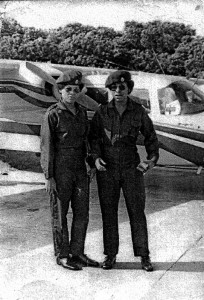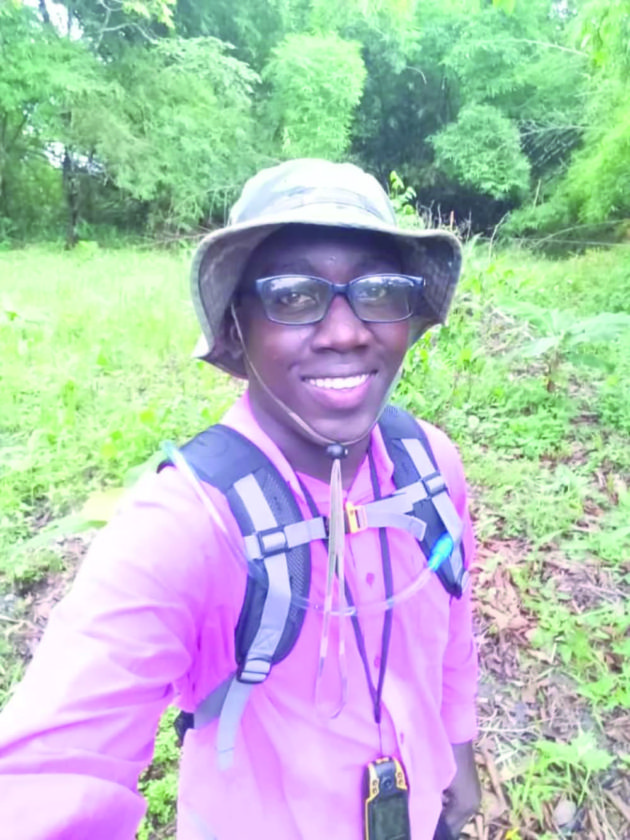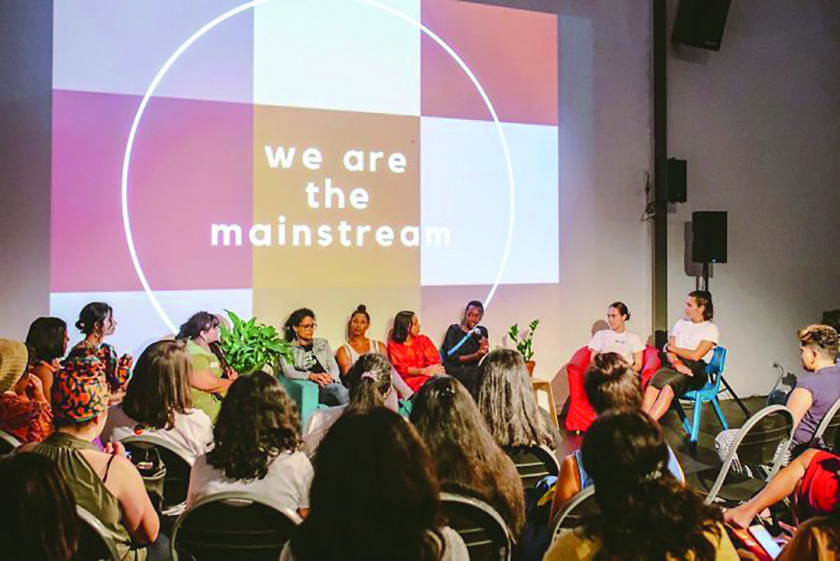Beverley Drake, Guyana’s first female commercial and army aviator talks about pioneering the female aviation field in Guyana and her career since
By Venessa Deosaran
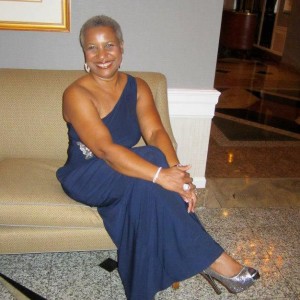
In a once unthinkable career for women, aviation in modern times has seen a multitude of females excelling in the field. One such example is US-based Guyanese Captain Beverley Drake, who knocked down the stereotype in her aviation career to prove that women can do a man’s job.
Drake, who grew up in Georgetown, in an interview with Guyana Times Sunday Magazine revealed that her father always wanted her to become a pilot, so he would take her to the airport and make model airplanes for her. Knowing his passion for aviation, Drake lived her father’s dream.
She began her career as a commercial and military pilot in Guyana. In May 1977, she became the first female pilot to fly for the army and the Guyana Airways Corporation. At Guyana Airways she flew the Twin Otter and the Hawker Siddeley 748, and the Britten-Norman Islander for the army.
“I was challenged many times by my colleagues at Guyana Airways Corporation; and Captain Malcolm Chan-a-Sue was a tough chief pilot. I had to prove myself; but, having mentors like Captain Egbert Fields and Captain Chan-a-Sue, I was able to perform to my best ability,” she disclosed.
The captain was trained at Embry Riddle Aeronautical University in the US, known as the “Harvard of aviation” and a top aviation school. She received a Guyana Scholarship in Jan 1976 to pursue her goal of becoming a pilot. Drake has a Bachelor of Science degree in Aeronautics and a Master’s in Aeronautical Science with dual specializations in Management and Operations from Embry Riddle Aeronautical University.
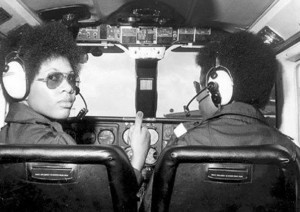
“I did not have any dangerous encounters as a pilot in the army, or any with Guyana Airways. However, it was tough training at night, simulating engine failures at Timehri International Airport (that is what it was called at that time). Captain Chan-a-Sue would cut an engine or he would simulate landing gear failure and I had to manually extend the landing gear, which was very hard to do as a female; however, I passed with flying colours,” she recalled.
Flying safe
Drake migrated to the United States with her husband in Jan 1980. In the US, she stated, she did not secure an aviation job immediately, so applied for a job on Wall Street and worked for Goldman Sachs, an investment bank. But Wall Street wasn’t working out for her; she decided to return to an aviation career, and was hired by the NTSB in July 1991.
She now serves as a senior aviation accident investigator/analyst, and is the Federal Women’s Program Manager with the NTSB.
“It [being a pilot in Guyana] was a fantastic career and I learned a lot, which has helped me with my current position as a senior aviation accident investigator/analyst with the National Transportation Safety Board (NTSB). I don’t think I would like to fly a single engine airplane over the jungle anymore because my knowledge at the NTSB has changed my way of thinking and not to take any chances when it comes to safety,” she related.
Drake’s professional career spans 36 years, including 21 years at the NTSB. At the NTSB, Drake has investigated a wide range of aircraft accidents, from general aviation to commercial air carriers, including serving as Witness Group Chairman for USAir Flight 427, and the reconstruction of TWA 800.
